Nationality American Name George Eastman | Role Innovator | |
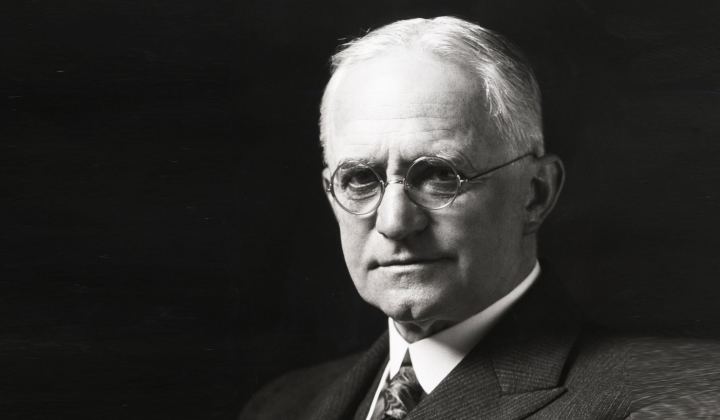 | ||
Occupation Businessman, inventor, philanthropist Net worth USD $95 million at the time of his death (approximately 1/611th of US GNP) Parent(s) George Washington Eastman (1815–1862) and Maria Kilbourn (1821–1907) Books Chronicles of an African Trip, Chronicles of a Second African Trip Siblings Ellen Maria, Katie Eastman Similar People Louis Daguerre, Thomas Edison, Alexander Graham Bell, Henry A Strong, Eadweard Muybridge | ||
George eastman the wizard of photography documentary part 1 3
George Eastman (July 12, 1854 – March 14, 1932) was an American entrepreneur who founded the Eastman Kodak Company and popularized the use of roll film, helping to bring photography to the mainstream. Roll film was also the basis for the invention of motion picture film in 1888 by the world's first film-makers Eadweard Muybridge and Louis Le Prince, and a few years later by their followers Léon Bouly, William Dickson, Thomas Edison, the Lumière Brothers, and Georges Méliès.
Contents
- George eastman the wizard of photography documentary part 1 3
- George eastman
- Early life
- Career
- Personal life
- Later years
- Infirmity and suicide
- Legacy
- Patents
- Honors and commemorations
- Other
- References

He was a major philanthropist, establishing the Eastman School of Music, and schools of dentistry and medicine at the University of Rochester and in London; contributing to the Rochester Institute of Technology (RIT) and the construction of several buildings at MIT's second campus on the Charles River. In addition he made major donations to Tuskegee and Hampton universities, historically black universities in the South. With interests in improving health, he provided funds for clinics in London and other European cities to serve low-income residents.
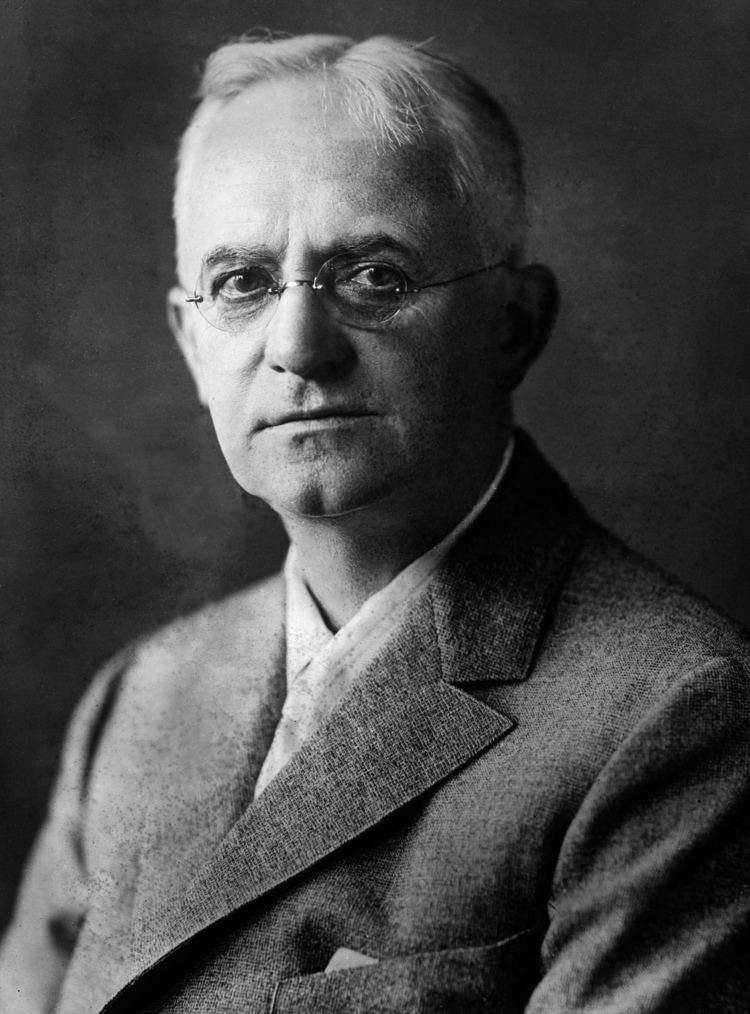
In his final two years, Eastman was in intense pain caused by a disorder affecting his spine. On March 14, 1932, Eastman shot himself in the heart, leaving a note which read, "To my friends: my work is done. Why wait?"
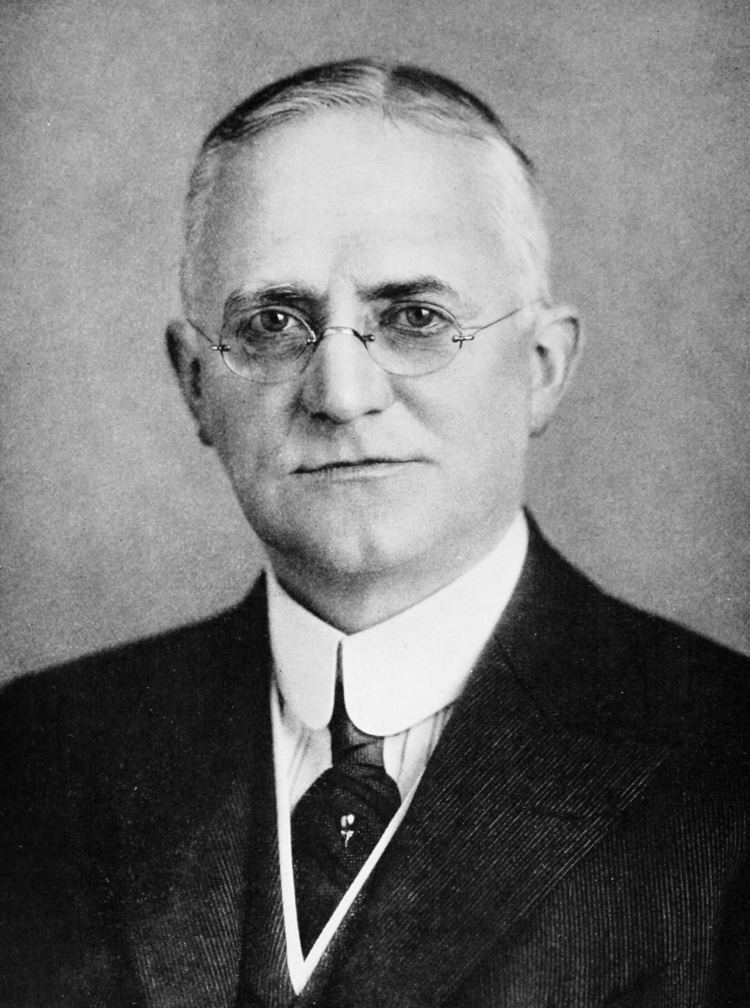
The George Eastman Museum, now operated as the International Museum of Photography and Film, has been designated a National Historic Landmark. Eastman is the only person represented by two stars in the Hollywood Walk of Fame recognizing the same achievement, for his invention of roll film.
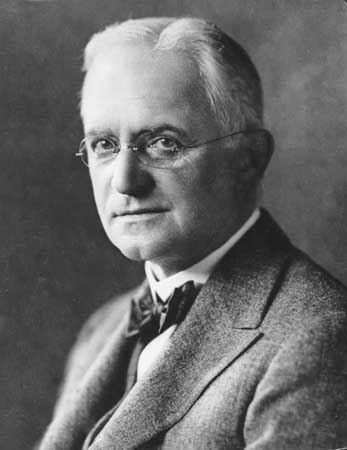
George eastman
Early life

Eastman was born in Waterville, New York to George Washington Eastman and Maria Eastman (née Kilbourn), the youngest child, at the 10-acre farm which his parents bought in 1849. He had two older sisters, Ellen Maria and Katie. He was largely self-educated, although he attended a private school in Rochester after the age of eight. In the early 1840s his father had started a business school, the Eastman Commercial College in Rochester, New York. It was one of the first "boomtowns" in the United States, based on rapid industrialization. As his father's health started deteriorating, the family gave up the farm and moved to Rochester in 1860. His father died of a brain disorder in May 1862. To survive and afford George's schooling, his mother took in boarders.
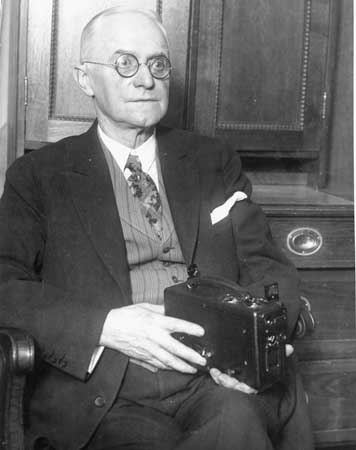
Maria's second daughter, Katie, had contracted polio when young and died in late 1870 when George was 15 years old. The young George left school early and started working to help support the family. As Eastman began to have success with his photography business, he vowed to repay his mother for the hardships she had endured in raising him.
Career
In 1884, Eastman patented the first film in roll form to prove practicable; he had been tinkering at home to develop it. In 1888, he perfected the Kodak Black camera, the first camera designed. Eastman was progressive for his era. He promoted Florence McAnaney to be head of the personnel department, one of the first women to hold an executive position in a major U.S. company.
Personal life
George Eastman never married. He was close to his mother, and to his sister and her family. He had a long platonic relationship with Josephine Dickman, a trained singer and the wife of business associate George Dickman, becoming especially close to her after the death of his mother, Maria Eastman, in 1907. He was also an avid traveler and had a passion for playing the piano.
The loss of his mother, Maria, was particularly crushing to George. Almost pathologically concerned with decorum, he found himself unable for the first time to control his emotions in the presence of friends. "When my mother died I cried all day," he explained later. "I could not have stopped to save my life." Due to his mother's reluctance to accept his gifts, George Eastman could never do enough for his mother during her lifetime. He opened the Eastman Theater in Rochester on September 4, 1922, which included a chamber-music hall dedicated to his mother's memory: the Kilbourn Theater. At the Eastman House, he maintained a rose bush using a cutting from her childhood home.
Later years
Eastman was associated with the Kodak company in an administrative and an executive capacity until his death; he contributed much to the development of its notable research facilities. In 1911, he founded the Eastman Trust and Savings Bank. While discouraging the formation of unions at his manufacturing plant, he established paternal systems of support for his employees
He was one of the outstanding philanthropists of his time, donating more than $100 million to various projects in Rochester; Cambridge, Massachusetts; at two historically black colleges in the South; and in several European cities. In 1918, he endowed the establishment of the Eastman School of Music at the University of Rochester, and in 1921 a school of medicine and dentistry there.
In 1925, Eastman gave up his daily management of Kodak to become treasurer. He concentrated on philanthropic activities, to which he had already donated substantial sums. For example, he donated funds to establish the Eastman Dental Dispensary in 1916. He was one of the major philanthropists of his time, ranking only slightly behind Andrew Carnegie, John D. Rockefeller, and a few others, but did not seek publicity for his activities. He concentrated on institution-building and causes that could help people's health. From 1926 until his death, Eastman also donated $22,050 per year to the American Eugenics Society, a popular cause among many of the upper class when there were concerns about immigration and "race mixing."
Eastman donated £200,000 in 1926 to fund a dental clinic in London, UK after being approached by the Chairman of the Royal Free Hospital, Lord Riddell. This was in addition to donations of £50,000 each from Lord Riddell and the Royal Free honorary treasurer. On 20 November 1931, the Eastman Dental Clinic opened in a ceremony attended by Neville Chamberlain, then Minister of Health, and the American Ambassador to the UK. The clinic was incorporated into the Royal Free Hospital and was committed to providing dental care for disadvantaged children from central London.
Infirmity and suicide
In his final two years, Eastman was in intense pain caused by a disorder affecting his spine. He had trouble standing, and his walk became a slow shuffle. Today, it might be diagnosed as a form of degenerative disease such as disc herniations from trauma or age causing either painful nerve root compressions, or perhaps a type of lumbar spinal stenosis, a narrowing of the spinal canal caused by calcification in the vertebrae. Since his mother suffered the final two years of her life in a wheelchair, she also may have had a spine condition but that is uncertain. Only her uterine cancer and successful surgery is documented in her health history. If she did have a musculoskeletal disorder, perhaps George Eastman's spine condition may have been due to a congenital disease, such as ankylosing spondylitis, degenerative disc disease, or a variant of Ehlers–Danlos collagen disorder—conditions known to be inheritable but usually presenting earlier in age. Eastman suffered from depression due to his pain, reduced ability to function, and also since he had witnessed his mother's suffering from pain. On March 14, 1932, Eastman committed suicide with a single gunshot through the heart, leaving a note which read, "To my friends, my work is done – Why wait? GE." Raymond Granger, an insurance salesman in Rochester, showed up to collect insurance payments from several members of the staff. He arrived at the scene to find the entire workforce in a dither. At least one chronicler claimed that fear of senility or other debilitating diseases of old age was also a contributing factor.
His funeral was held at St. Paul's Episcopal Church in Rochester; his coffin was carried out to Gounod's "Marche Romaine" and buried in the grounds of the company he founded at Eastman Business Park, formerly known as Kodak Park in Rochester.
Legacy
Eastman had a very astute business sense. He focused his company on making film when competition heated up in the camera industry. By providing quality and affordable film to every camera manufacturer, Kodak managed to turn its competitors into de facto business partners.
In 1915, Eastman founded a bureau of municipal research in Rochester "to get things done for the community" and to serve as an "independent, non-partisan agency for keeping citizens informed." Called the Center for Governmental Research, the agency continues to carry out that mission.
During his lifetime Eastman donated $100 million to various organizations, with most of his money going to the University of Rochester and to the Massachusetts Institute of Technology to build their programs and facilities (under the alias "Mr. Smith"). He was one of the major philanthropists in the United States during his lifetime. The Rochester Institute of Technology has a building dedicated to Eastman, in recognition of his support and substantial donations. MIT installed a plaque of Eastman on one of the buildings he funded. (Students rub the nose of Eastman's image on the plaque for good luck.) Eastman also made substantial gifts to the Tuskegee Institute and the Hampton Institute in Alabama and Virginia, respectively.
Upon his death, his entire estate was bequeathed to the University of Rochester. The Eastman Quadrangle of the River Campus was named for him.
Eastman had built a mansion, which became known as the George Eastman House, at 900 East Avenue in Rochester. Here he entertained friends to dinner and held private music concerts. The University of Rochester used the mansion for various purposes for decades after his death. In 1949, it re-opened after having been adapted for use as the George Eastman House International Museum of Photography and Film. It has been designated a National Historic Landmark.
Eastman's boyhood home was saved from salvage. It was restored to its state during his childhood and is displayed at the Genesee Country Village and Museum.
Patents
Honors and commemorations
Other
An often-repeated urban legend recounts that photographer and musician Linda Eastman (first wife of Beatle Sir Paul McCartney) was related to the George Eastman family, but this is not true. Her father was of Russian Jewish ancestry and changed his surname to Eastman before becoming known as an attorney.
